One of the main eye-related complications in diabetics is diabetic retinopathy, a condition that can lead to blindness if left untreated. The problem with diabetic retinopathy is that it goes virtually undetected in its early stages. You might have the condition without ever knowing it. As it progresses though, you might experience some of the common symptoms attributed to it.
Here is a list of symptoms, which you might experience if you have diabetic retinopathy.
• Seeing floaters
• Blurring of vision
• Dark or empty spaces in vision
• Seeing poorly at night
• Difficulty in telling colors
• Loss of vision
• Fluctuations in sight
• Difficulty in reading or driving
Physicians may look for the following signs when diagnosing diabetic retinopathy in their patients: microaneurysms, intraretinal vascular abnormalities, swelling and beading of venous system, or hard and soft exudates..
Symptoms of diabetic retinopathy can go unnoticed because it has few or no warning signs. As the condition progresses, diabetic retinopathy symptoms may include: floaters, blurred vision, fluctuating vision, dark or empty areas in your vision, poor night vision, impaired colour vision and vision loss.
With diabetic retinopathy the earlier stages of the condition can only be detected by an experienced health professional. The only way to ensure that the complication is detected in time is to have regular checkups even if you have no eye disturbances. Experts can detect the early stages of microaneurisms, hemorrhages and hard exudates at regular eye exams. Tiny red spots are an indication of microaneurisms due to weakened blood vessels in the eye. Minor hemorrhages are also symptoms of diabetic retinopathy. Hard white or yellow areas due to leaking of proteins and lipids from blood vessels, are called hard exudates and can be seen through an ophthalmoscope.
Risk Factors in Diabetic Retinopathy:
Even if you have none of the warning signs associated with diabetic retinopathy, you still might have it if you have some of the risk factors that are known to contribute to the development of the condition.
Listed below are the major risk factors:
• Uncontrolled Blood Glucose Levels
• High Blood Pressure
• Kidney Disease
• Pregnancy
• Smoking
• Obesity
• High Cholesterol Levels
If you have even one of the risk factors listed above, your chances of developing diabetic retinopathy increase to a great extent and you need to get checked for the condition on a regular basis.
Diabetic retinopathy is a serious condition and one that can lead to vision loss. A comprehensive exam on a regular basis can reduce the risks of the progression of this complication to a stage where treatment becomes difficult. Even in cases where there is damage to the eye, laser surgery can help repair the damaged vessels and reverse most of the associated symptoms, if not all.
Diabetes and Eye Care … read more:
Each article is published individually and after careful review by Gluxus’ medical panel. Please check myGBlog® section frequently for information on additional topics.

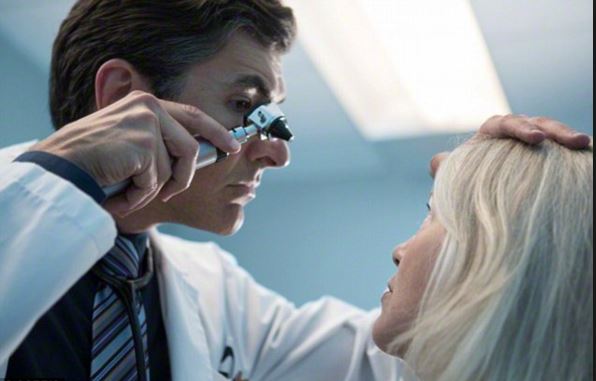


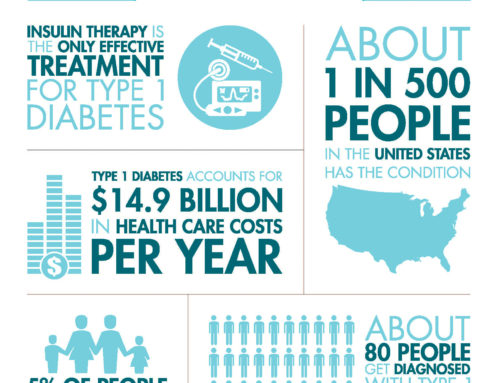
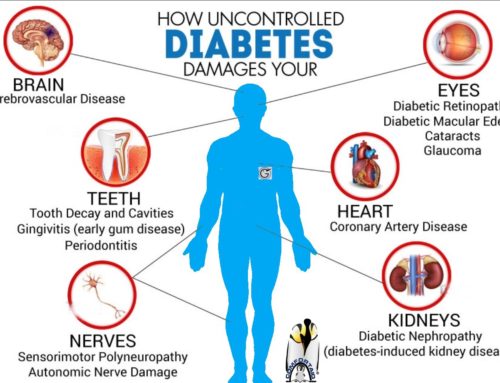

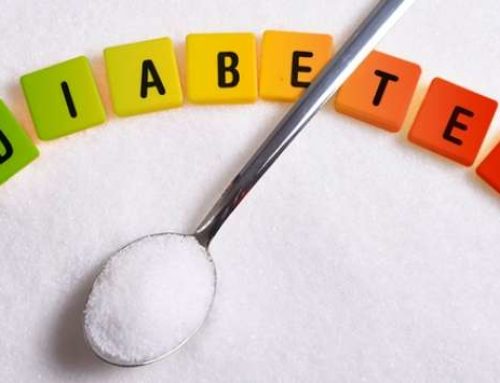
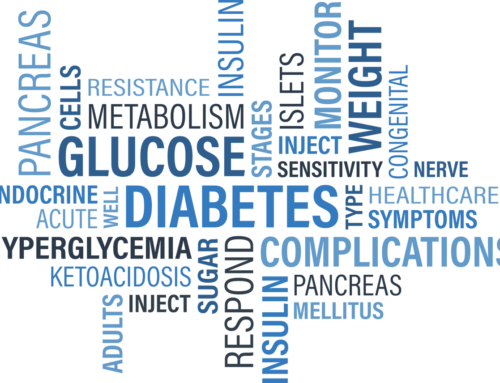
Leave A Comment